Flavor and taste of Ecuadorian coffee beans in South America the characteristics of Ecuadorian coffee beans are introduced in the manor area.
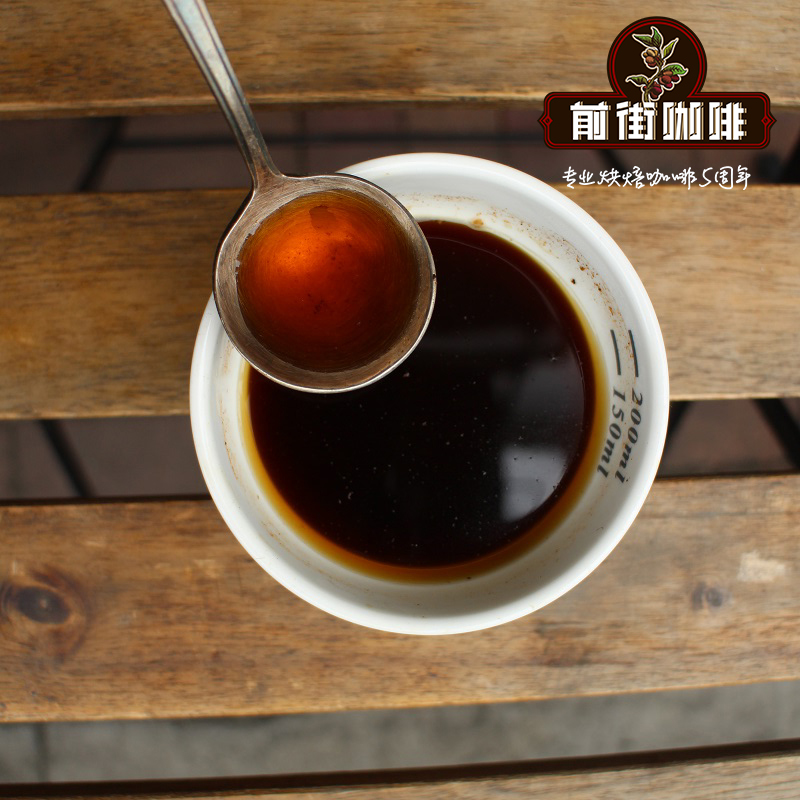
Professional coffee knowledge exchange more coffee bean information please follow the coffee workshop (Wechat official account cafe_style)
Ecuador Ecuadorian coffee has never been listed as a major economic source compared to bananas, oil and shrimp. Ecuador's most famous Galapagos Islands Galapagos Island is home to the original species of giant turtles discovered by Darwin. UNESCO has designated it as the "cultural and natural heritage of mankind", so the use of fertilizers, herbicides, pesticides and other chemicals is strictly prohibited. Coupled with the fact that the island is foggy all the year round and few outsiders enter it, navigators call it Alcatraz.
Ecuador, located between Colombia and Peru in South America, has a long history of growing coffee.
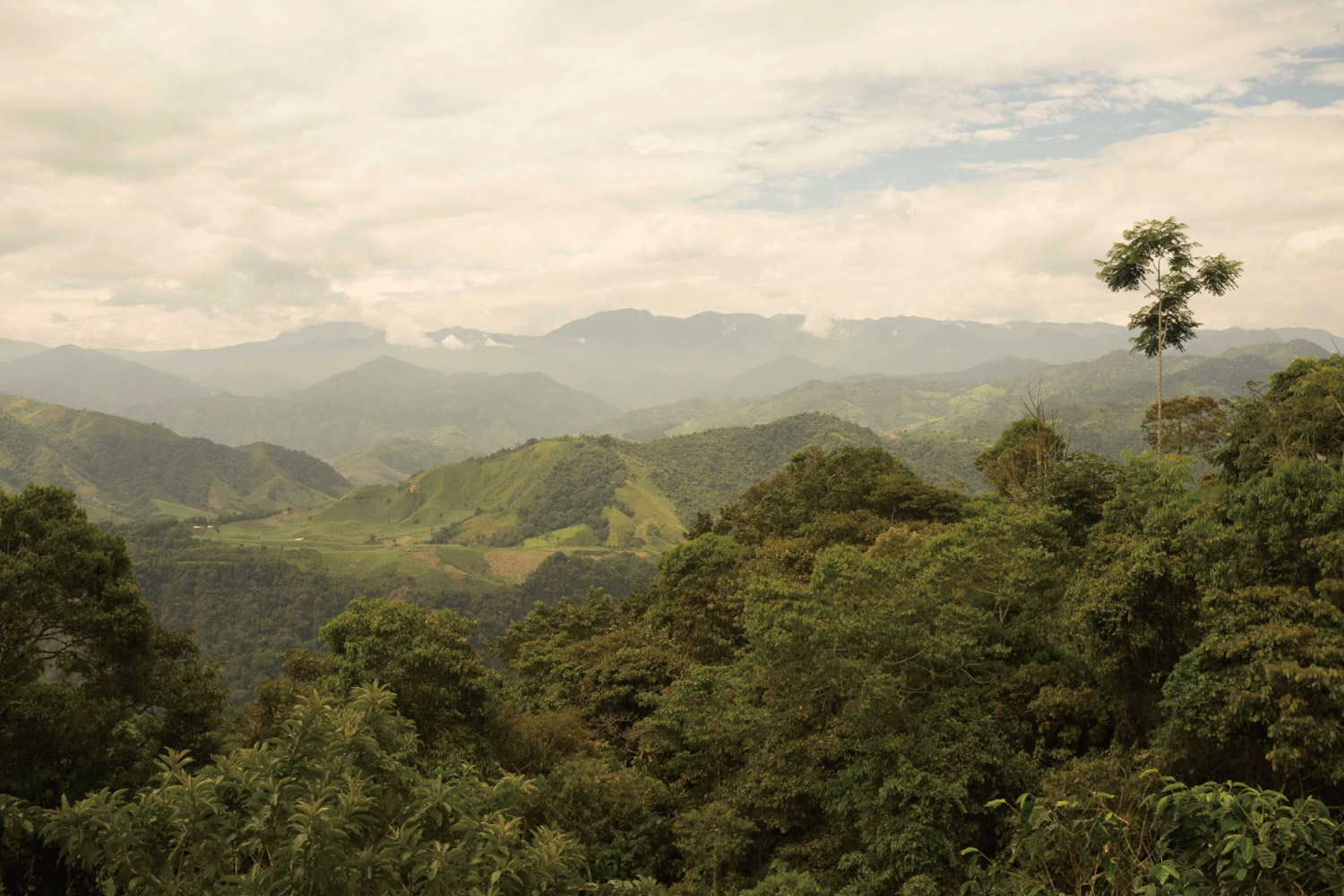
Ecuador is one of the few countries in South America that produces both Arabica and robusta coffee. However, as the land suitable for Arabica coffee trees is decreasing, the production of robusta coffee is gradually increasing. The best Arabica coffee comes from the Andes, especially the Chanchagu Valley (ChanchamgoValley), which is divided into two series of mountains, extending from south to north to central Ecuador. The main problem for coffee producers is to strive to maintain stable quality. The coffee in the area is generally well-balanced and refreshing, and a unique aroma Arabica coffee tree was first introduced to Ecuador (Ecuador) in 1952, and its coffee quality is very good, especially the coffee harvested in early June. Ecuadorian coffee beans can be divided into two varieties: Galapagos and Gigante, both of which have the characteristics of large granules and heavy weight. Ecuadorian coffee can be divided into first class (No.1) and super excellent (ExtraSuperior) according to its quality.
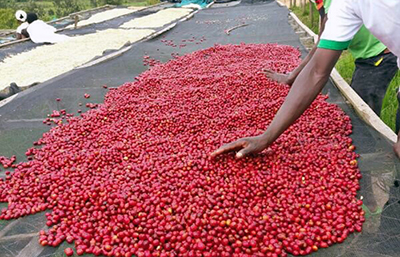
Ecuadorian coffee producing area
Luoha area
Loha region is located in the south of Ecuador, close to the Andes Mountains, is one of the highest coffee-growing areas in the world, 1450-2000 meters above sea level, is also an important coffee export city in the country. The variety of coffee beans is Tibika, which is treated by washing and mainly planted in natural shade. The local high altitude, climate change and soil quality are very suitable for coffee growth, and there are many excellent planting conditions for growing coffee.
● Galapagos Islands
The waters of Ecuador in South America, directly below the equator, are a mysterious and charming group of islands that inhabit the Galapagos islands, and many of the inherent species here are sworn by UNESCO as the "cultural and natural heritage of mankind".
Therefore, the law strictly prohibits the import or use of fertilizers, herbicides, pesticides or all other chemicals.
Certified by OCIA and Rainforest Bird Conservation, the organic shade planting environment, coupled with the unique climatology of the island, creates a fragrant, full-bodied taste.
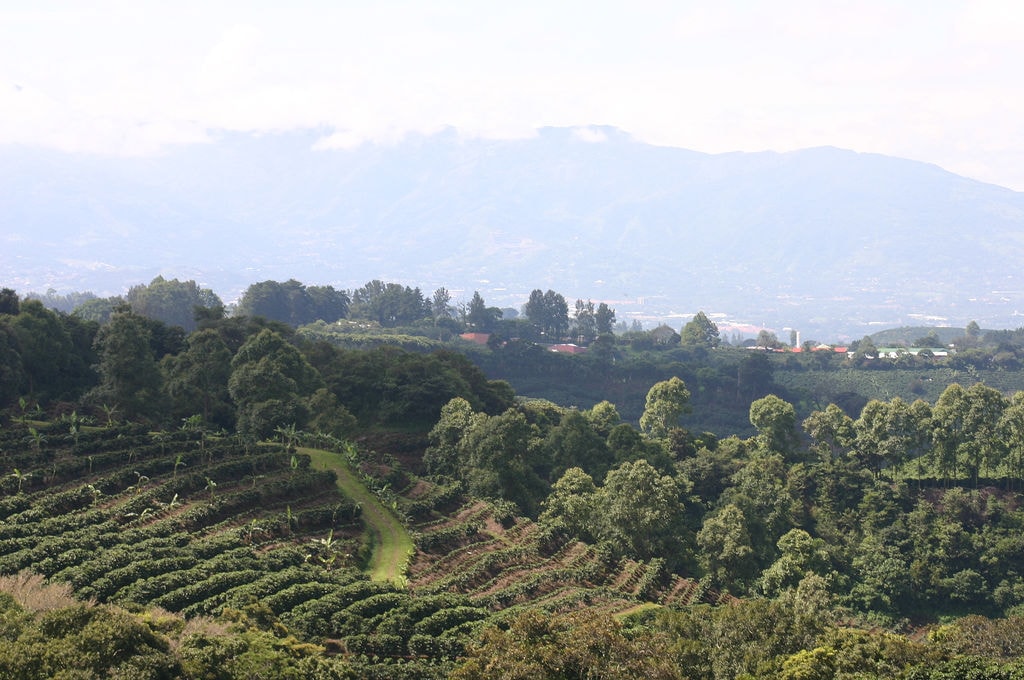
Galapagos coffee is like a pearl in boutique coffee, with a flower-like aroma and mellow taste. Flowers and fruit-like sweetness and aftertaste, its flavor is not inferior to the famous Jamaican Blue Mountains and Hawaiian Kona Coffee.
They are mainly exported to Ecuador, the Nordic country of Scandinavia, which is the highest Arabian coffee plantation in the world. Since the coffee tree was first introduced into Ecuador in 1875, the quality of its coffee has remained unchanged for 100 years, especially the coffee harvested in early June every year, which is called "the best coffee in the world". Ecuadorian coffee beans are divided into Galapagos and Segante, both of which have large particles and heavy weight. In particular, the unique geographical conditions of the Galapagos Islands give coffee beans excellent genes that are superior to those of other producing areas, and its high quality comes from the absence of any chemical agents when growing. As Ecuador's land suitable for Arabian coffee trees is gradually decreasing, Galapagos coffee is even more precious.
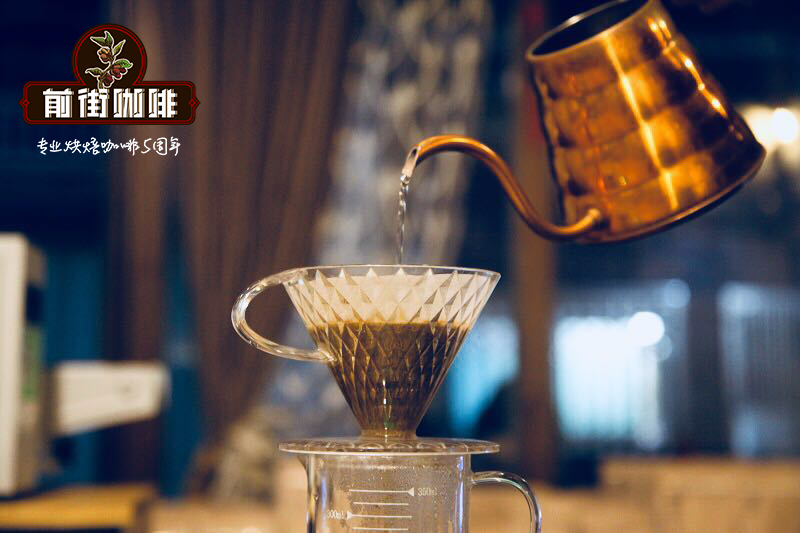
Qianjie coffee is recommended to be brewed at a water temperature of 90 degrees, with the sweetness and finish of flowers and fruits.
Qianjie coffee: Guangzhou bakery, the store is small but a variety of beans, you can find a variety of unknown beans, but also provide online store services. Https://shop104210103.taobao.com
Important Notice :
前街咖啡 FrontStreet Coffee has moved to new addredd:
FrontStreet Coffee Address: 315,Donghua East Road,GuangZhou
Tel:020 38364473
- Prev

Flavor and taste of Ugandan coffee beans the manor area introduces the types and taste of coffee beans.
Origin: Uganda product model: AA.A2.BP.B4.CS Organic Uganda Burkinsu uganda bugisu AA 18 mesh Uganda is a landlocked country in eastern Africa, across the equator, bordering Kenya in the east, Tanzania and Rwanda in the south, the Democratic Republic of the Congo in the west and Sudan in the north. Most of the territory is located in the Central African Plateau, with lakes, with an average elevation of 1000-1200 meters. There are many lakes and plateaus in the mountains.
- Next

Arabica coffee bean flavor taste manor production area introduces Burundian boutique coffee beans
The cultivation of Arabica coffee trees in Cameroon (Cameroon) began in 1913 as the Blue Mountain Coffee from Jamaica, but the country also produces large quantities of Robbins coffee. The quality and characteristics of Cameroon coffee is similar to that of coffee from South America. The best coffee in the country comes from Bamileke and Bamoun in the northwest. Here, it also grows some giant coffees.
Related
- Detailed explanation of Jadeite planting Land in Panamanian Jadeite Manor introduction to the grading system of Jadeite competitive bidding, Red bid, Green bid and Rose Summer
- Story of Coffee planting in Brenka region of Costa Rica Stonehenge Manor anaerobic heavy honey treatment of flavor mouth
- What's on the barrel of Blue Mountain Coffee beans?
- Can American coffee also pull flowers? How to use hot American style to pull out a good-looking pattern?
- Can you make a cold extract with coffee beans? What is the right proportion for cold-extracted coffee formula?
- Indonesian PWN Gold Mandrine Coffee Origin Features Flavor How to Chong? Mandolin coffee is American.
- A brief introduction to the flavor characteristics of Brazilian yellow bourbon coffee beans
- What is the effect of different water quality on the flavor of cold-extracted coffee? What kind of water is best for brewing coffee?
- Why do you think of Rose Summer whenever you mention Panamanian coffee?
- Introduction to the characteristics of authentic blue mountain coffee bean producing areas? What is the CIB Coffee Authority in Jamaica?

